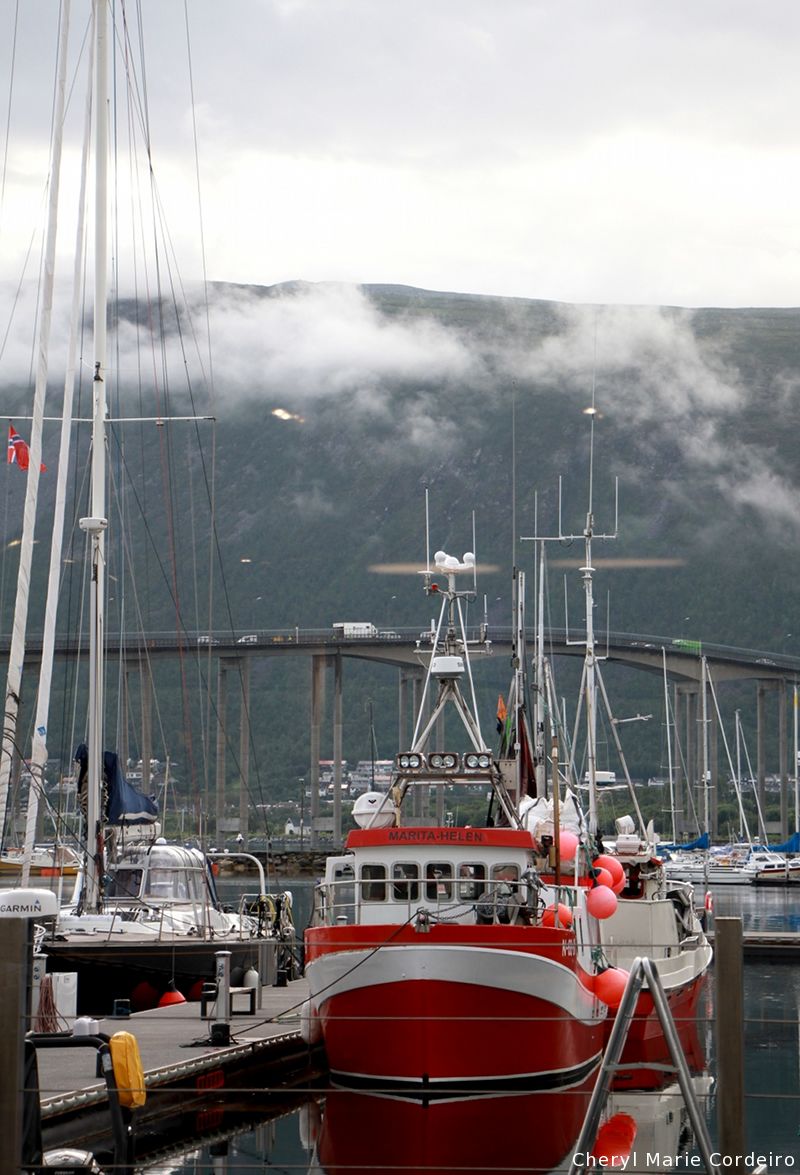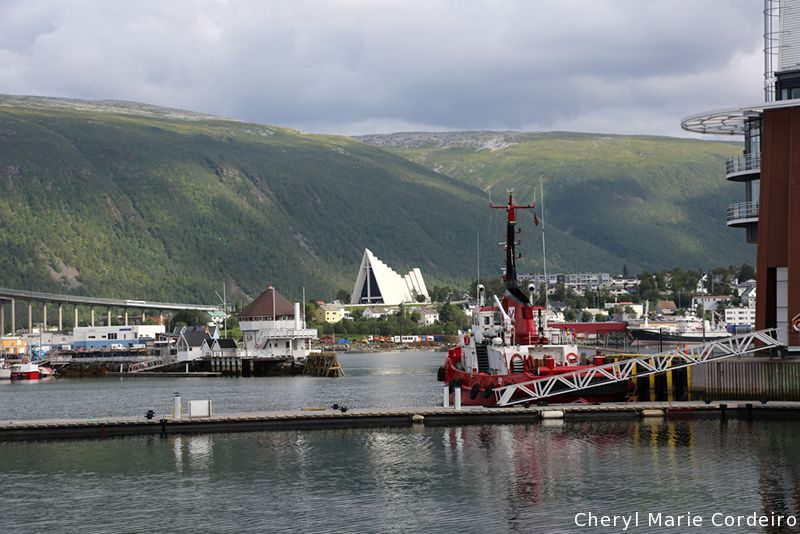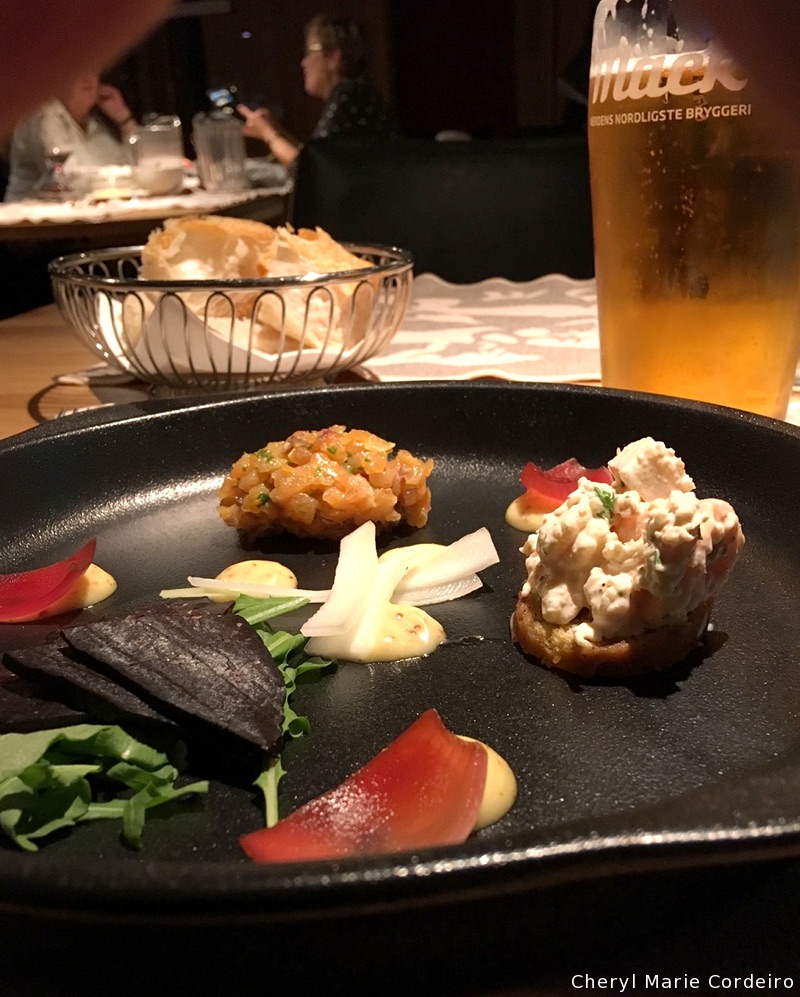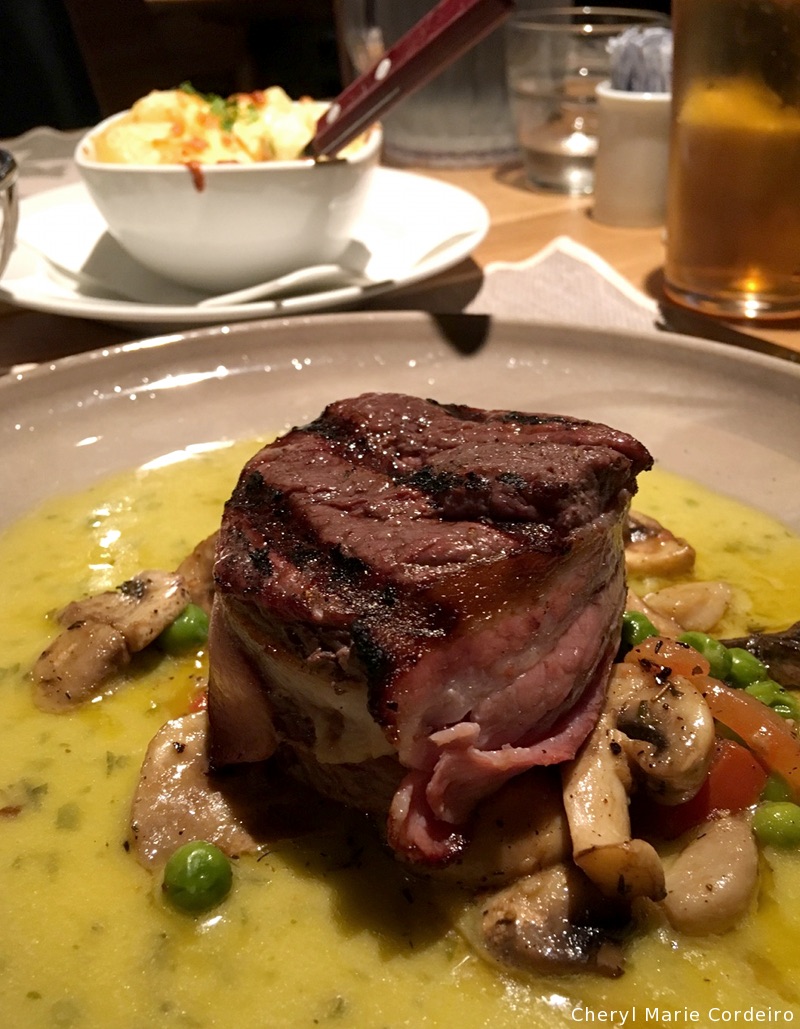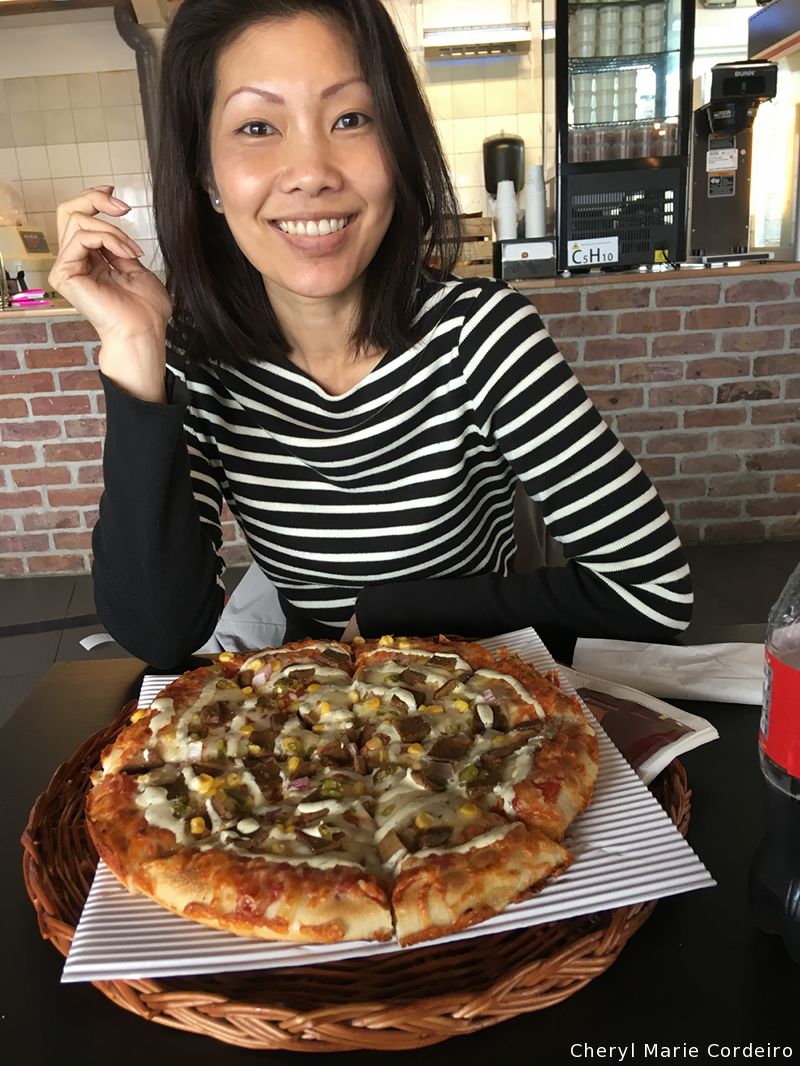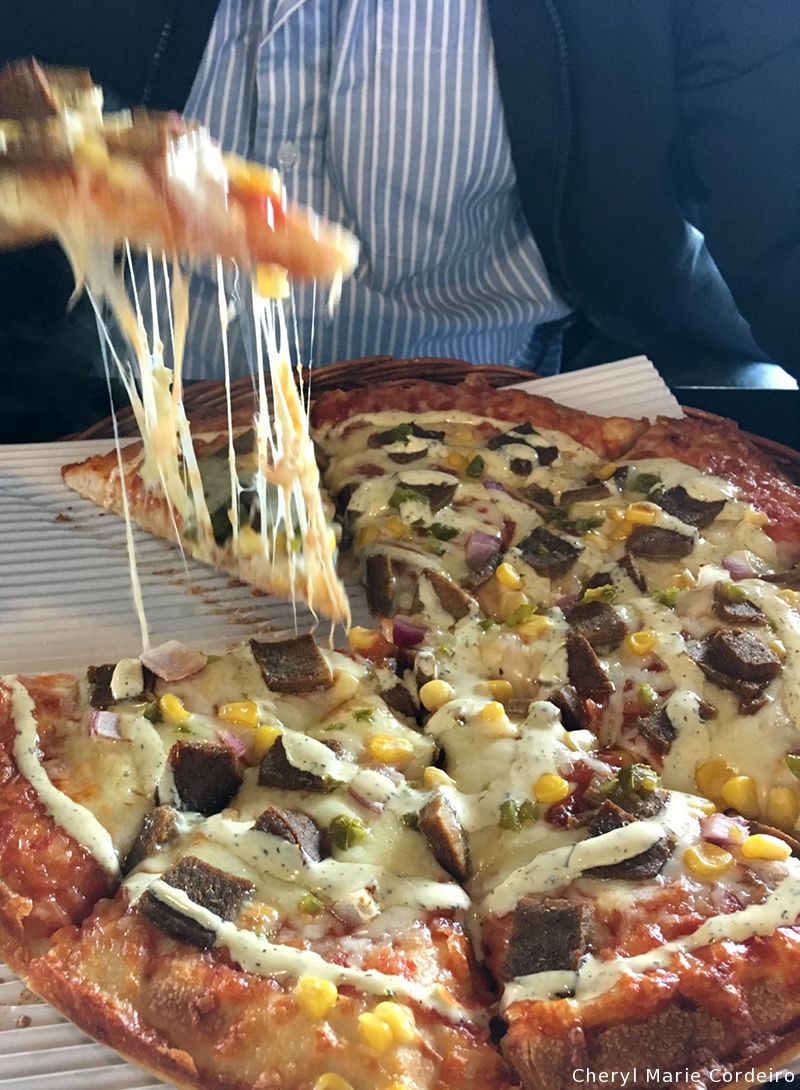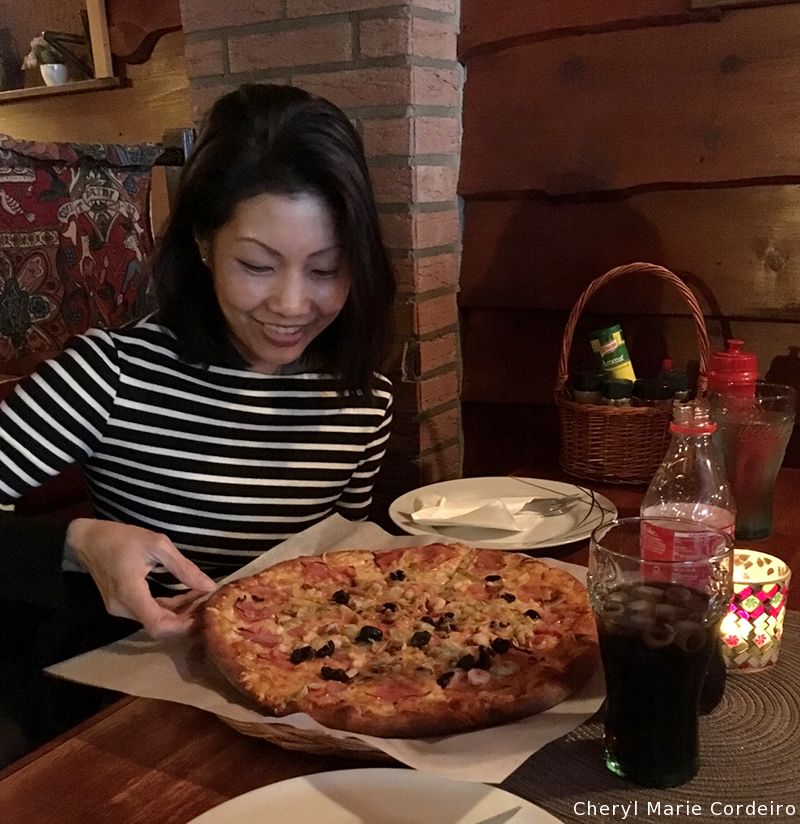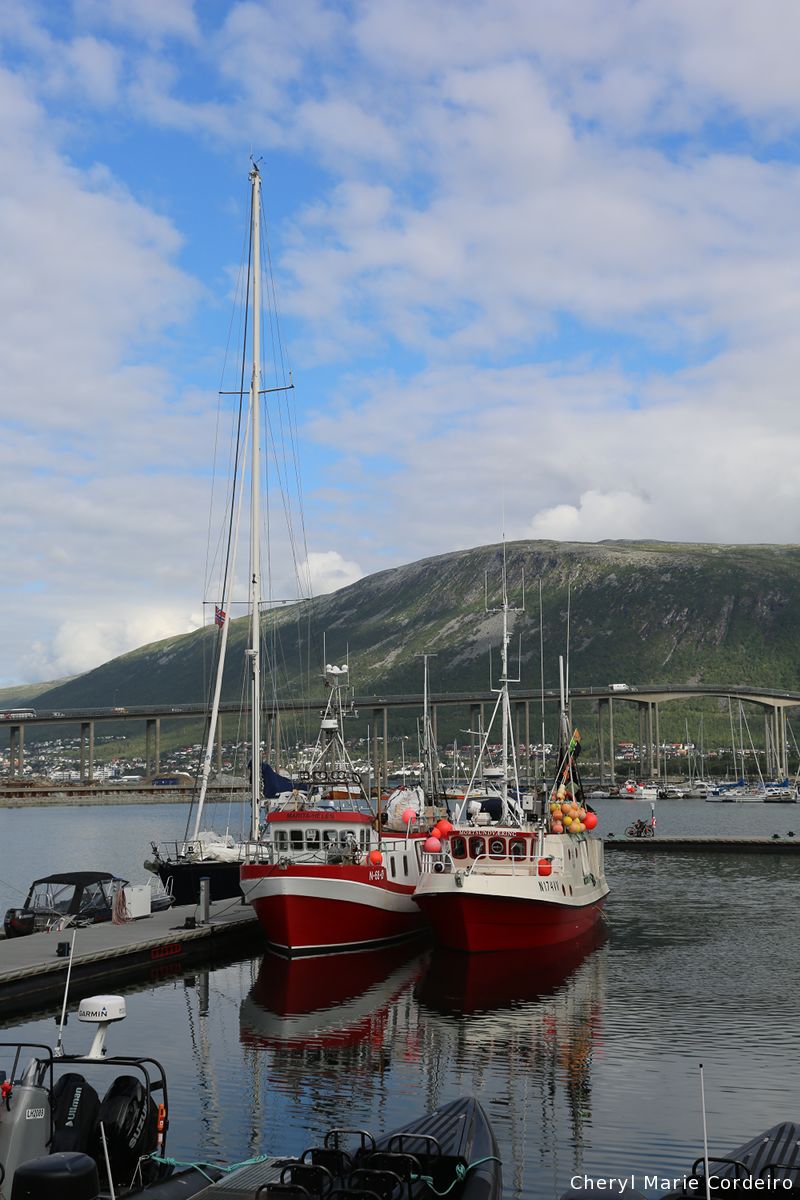Tromsø harbour, walking along Sjøgata, Norway.
Text & Photo © JE Nilsson, CM Cordeiro 2018
After the oil and mineral industry in Norway, fish is an USD 11 billion industry in Norway [1], making it the make the second largest industrial sector in the country. Tromsø with its location in the arctic region and access to the Arctic Ocean and Barents Sea makes it perfect to serve up some of the world’s freshest seafood on a daily basis. Something of the most prized culinary experience here is to go out on a boat and catch your own white fish, in particular, cod, whose fish stock is currently abundant and has been expanding northward since 2004 [2]. And if not, there are many eateries and resturants around the city centre that serve an array of sustainable seafood that is fresh caught from the Arctic Ocean from king crab (a 2015 Seafood report ranked Red King crab from Norway’s Barents Sea–Pot as best sustainable source [3]) to minke whale meat [4].
A view of The Arctic Church or Ishavskatedralen, one of Tromsø’s point of interest for visitors. The church was opened 19 November, 1965. In my mind, the general architecture of The Arctic Church is reminescent of the Church of the Blessed Sacrament [5] located in Queenstown in Singapore, the church in which my parents married in 1973.
A visit to Verthuset Skarven provides for several opportunities to sample north Norway cuisine. Verthuset Skarven is a seaside restaurant and bar with five different divisions including Skarven Culinary Theater. Located above the Arctandria Seafood Restaurant, the culinary theater is a guest kitchen and banquet room where culinary courses and kitchen demonstrations can be held. There are different menus to be found under the different divisions of Verthuset Skarven (http://skarven.no/menyer/), each division showcasing a different culinary personality. Under a main course description from the summer 2018 menu from the Arctandria Seafood Restaurant for a ‘Mature Fish’ dish, the description reads, “MATURE FISH. We found out that the term “mature” could be used to describe fish, when we were looking for a generic term to describe stockfish, boknafisk, clipfish and salted fish or in other words any fish that has undergone a process of maturation before serving. This category also includes smoked salmon, cured salmon, varieties of trout and Arctic char, Scandinavian specialties such as rakfisk and lutefisk, soused herring, cured redfish, mature and salted saithe and certainly some varieties we don’t know about. We also know that some have expanded the concept to include homo sapiens over 45 – something you obviously won’t find on our menu. We must draw a line somewhere! [PDF/https://bit.ly/2M5jQuQ]”
A tasting menu called Flersmak, is starter at Skarven Biffhuset that hold variations of piscatorial dishes served at the restuarant Sjömagasinet in Gothenburg that include Skarvenrøre (a more luxurious variant to Skagenröra) with shrimp, king and snow crabs laced with sherry. The plate was excellent in design and presentation, providing a constellation of foods with complementary flavours. The beer is from Mack Bryggeri. The brewery in located in Balsfjord, Norway and has been producing beer in Nordkjosbotn since 2012. Mack Bryggeri is the world’s northernmost brewery.
August Pellerins Favoritt, at Skarven Biffhuset. This dish consists of a piece of pork tenderloin grilled with bacon slices, served with petit pois peas, mushroom, bearnaise & pommes de terre au gratin / grated potatoes. Edmond Auguste Pellerin (1853-1929), the French entrepreneur and art collector had been travelling quite some in the Scandinavian region from south of Sweden to north of Norway. Pellerins margarinfabrik (Pellerin’s Margarine Factory) is located at E20 Riddargatan in Gothenburg, Sweden [6].
Tromsø is a fast expanding city. At the hotel in which we checked into where we thought food and service were excellent, the executive chef who spoke with us some on how the buffet was set up, and what types of food were usually served at the restaurant was not born in Norway. While the livelihoods and types of food consumed of those born of the region shows in the infrastructure and trade that goes on in the city and region, what we found to be consistent in integrated migrant food representation whether in Gothenburg, Sweden or in Tromsø, Norway, are pizza makers, and those who own pizza restaurants. We we curious about the aspect of migrant influences on the culinary scene in Tromsø, so we went about looking for pizza restaurants in which to dine.
This pizza was baked by a tiny station by Tromsø’s largest shopping mall that is located near the airport. “There is only one large shopping mall here at Tromsø. So if you need anything, that is where you go. That is where we all go.” we were told. Apparently, you go here for good pizza too!
Driving across the main bridge from Tromsø to Tomasjordnes, we found a pizza restaurant that was popular in the area, with a full menu of Italian pizza variations. Here, you can dine with a view of the waters of Tromsøysundet from the other side of Tromsø. The food here was delicious, the restaurant being owned by a Persian family who had moved to Norway about fifteen years ago.
Picturesque boats parked as peas in a pod at Sjøgata quayside. This picture was taken the day before they were parked single filed along the quayside, pictured above.
The culinary scene in Tromsø is one that is lively and vibrant. It draws crowds unto itself with the many social events and acitivities. Most interesting is how each restaurant and culinary point of interest has its own story to share for those interested in weaving together an integrated view of the city’s narrative in north Norway.
References
[1] Workman, Daniel (2018). Norway’s top 10 exports. World’s Top Exports. Internet resource at http://www.worldstopexports.com/norways-top-10-exports/. Retrieved 5 Aug. 2018.
[2] ICES (2018). Barents Sea Ecoregion, Ecosystem Overviews, The International Council for the Exploration of the Sea (ICES). Internet resource at http://www.ices.dk/explore-us/Action%20Areas/ESD/Pages/Barents-Sea-State-Fish.aspx. Retrieved 5 Aug. 2018.
[3] Cieri, Matthew (2015). Red King Crab, Paralithodes camtschaticus. Monterey Bay Aquarium Seafood Watch. Internet resource at http://bit.do/redkingcrab_norway. Retrieved 5 Aug. 2018.
[4] The Ministry of Trade, Industry and Fisheries (2016). Whaling: Ethics and sustainability, Government.no. Internet resource at https://www.regjeringen.no/en/topics/food-fisheries-and-agriculture/fishing-and-aquaculture/whaling-and-seal-hunting/principles-on-whaling/id2505089/. Retrieved 5 Aug. 2018.
[5] Yeo, Nick (2014). Church of the Blessed Sacrament. The Lion’s Raw. Internet resource at https://lionraw.com/2014/06/18/church-of-the-blessed-sacrament/. Retrieved 5 Aug. 2018.
[6] Brodin, Louise (2011). Pellerins margarinfabrik. Vårt Göteborg. Internet resource at https://bit.ly/2M8oKGt. Retrieved 8 Aug. 2018. Original reference source: Jubileumspublikationen 1923, HT 1898. Arbetet 1991 (Göte Brink), GP 1993 (Bengt A. Öhnander, Göteborgs bevarandeplan för Kulturhistoriskt värdefull bebyggelse.
Bibliography
[1] The guide to Tromsø, Norway. Nerd Nomads. Internet resource at https://nerdnomads.com/what-to-do-in-tromso. Retrieved 24 Aug. 2018.
[2] 7 Easy Hikes With Spectacular Views In Tromsø, Norway. Nerd Nomads. Internet resource at https://nerdnomads.com/hikes-in-tromso. Retrieved 24 Aug. 2018.
